From a boxy, tippy oddity to a sleek premium hatchback – the transformation of the Mercedes A-Class is perhaps one of motoring’s most remarkable reinventions.
Now in its fourth generation, this entry-level Mercedes has finally found its footing, offering a compelling blend of premium badge allure and genuine substance.
But with a price tag to match its prestigious emblem, does this baby Benz deliver enough Mercedes magic to justify the cost, or is it simply trading on its famous three-pointed star?
What is Included in This Review
-
1
Overview
-
2
Performance
-
3
Reliability
-
4
Ownership Costs
-
5
Competitors
-
6
Buying Guide

Overview
- Mercedes luxury in compact form with an eye-catching interior that rivals executive cars for wow-factor.
- Twin digital displays, MBUX system with voice control, and innovative augmented reality navigation.
- Prioritises smooth ride over sportiness, ideal for UK roads despite some engine noise.
- Premium price with generous equipment, but questionable reliability and build quality may give buyers pause.
Overall Rating
3/5
Based on expert evaluation and real-world testing
Performance
3
Interior Quality
4
Practicality
3
Technology
5
Value for Money
2
Expert Review
The A-Class perfectly encapsulates the modern Mercedes ethos—visually striking with impressive technology, yet somewhat compromised in the fundamentals. It sells an aspiration rather than a complete package. For those seduced by the three-pointed star and stunning cabin, its compromises in refinement, build quality and practicality might be overlooked. But for the discerning buyer seeking genuine premium quality throughout, there are better-rounded alternatives at this price point. It’s a car that impresses your passengers initially, but might frustrate you over time.
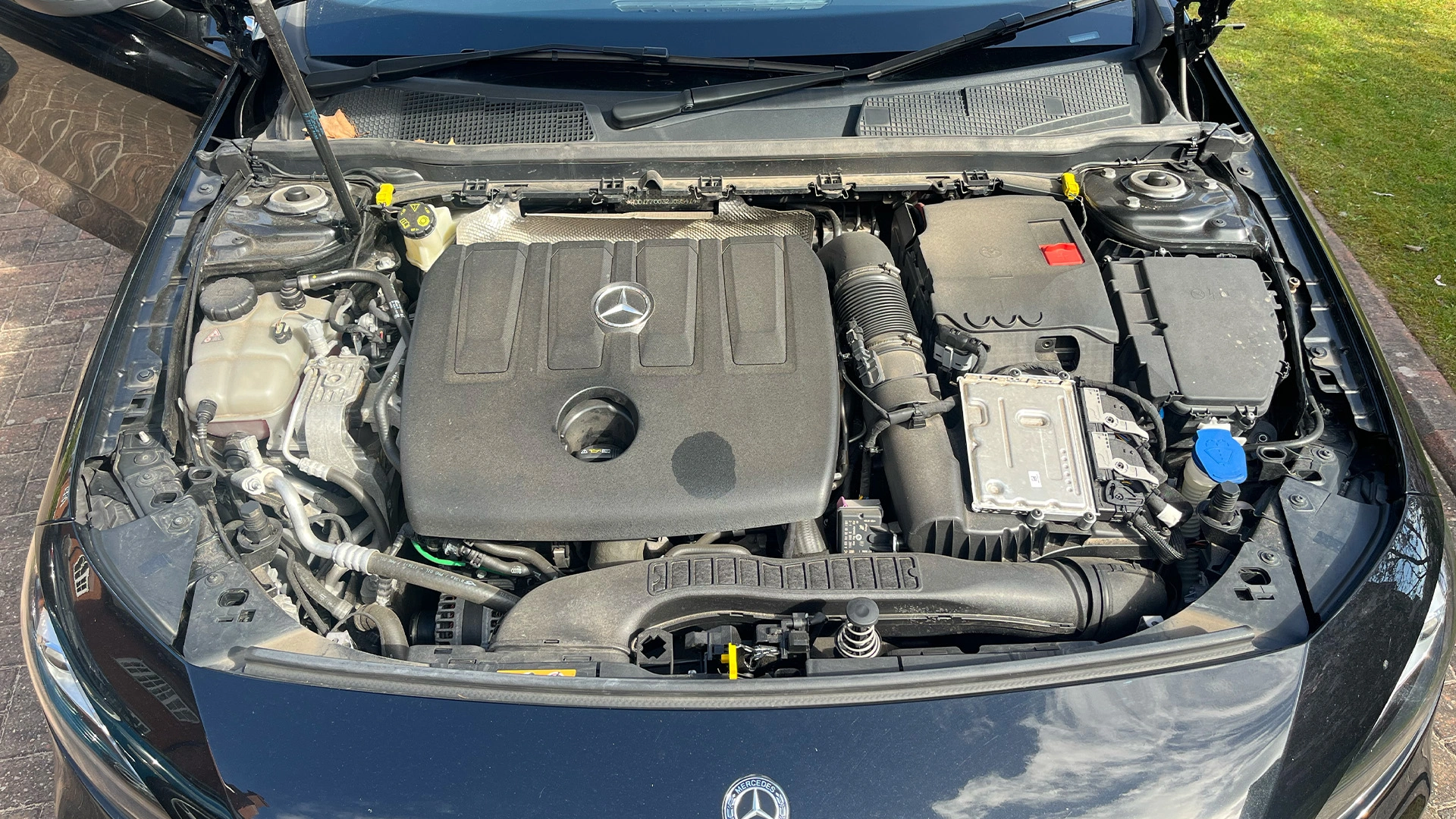
How Does the Mercedes A-Class Compare to Previous Generations?
- ✓
MBUX System: Twin 10.3″ screens replace smaller COMAND displays - ✓
Ride Quality: Softer suspension vs. overly firm 3rd generation - ✓
Efficiency: New mild-hybrid technology improves economy by up to 15% - ✓
Safety: Standard active features vs. optional in previous generations
Ongoing Challenges
- ✗
Build Quality: Less durable than simpler 2nd generation models - ✗
Engine Refinement: 1.3-litre petrols noisier than older engines - ✗
Reliability: Lower ratings than previous generations - ✗
Space: Boot space (355L) barely improved from 3rd generation
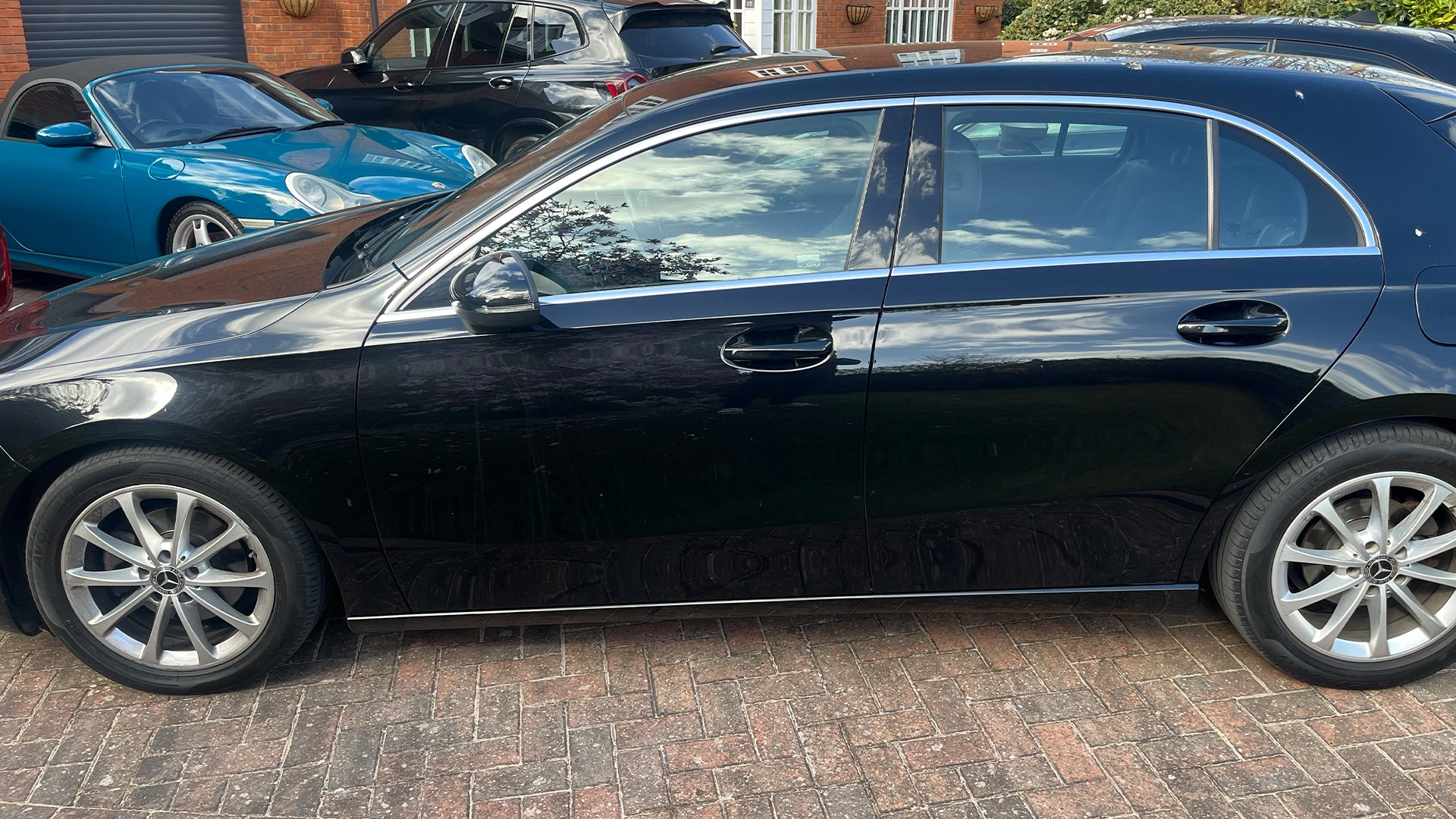
Build Quality vs. Visual Appeal: Style Over Substance?
The Mercedes A-Class presents a fascinating paradox for prospective buyers.
Its cabin delivers genuine visual drama with aircraft-inspired turbine air vents, ambient lighting and twin-screen display that rivals luxury cars costing twice as much.
However, closer inspection reveals concerning build quality compromises that previous generations didn’t suffer from.
Owners report flexing climate control panels, loose vent surrounds and various rattles developing over time.
We got some feedback from our customer and they noted that while the A-Class “has the visual appeal of its interior nailed,” the “build quality isn’t as good as the looks might suggest.” This stands in stark contrast to the Audi A3 and BMW 1 Series, which may appear less theatrical but feel more substantial where it matters.
For buyers seeking long-term satisfaction, this style-over-substance approach requires careful consideration, particularly given the premium price point.
The underlying build quality fails to match that initial wow factor. It’s a car that prioritises the emotional appeal of luxury over the foundational solidity that once defined the brand. For buyers, this means choosing between daily doses of visual delight or the long-term satisfaction of robust engineering that competitors still prioritise.
Engine Refinement: Does the A-Class Deliver a Premium Powertrain Experience?
The popular 1.3-litre petrol engines in the A180 and A200 models become noticeably “thrashy when worked hard,” with our experts consistently noting they lack the smoothness expected from Mercedes-Benz.
Even with the addition of 48V mild-hybrid technology in the 2023 facelift, the fundamental refinement issues persist.
For those valuing a truly premium driving experience, this powertrain compromise requires careful consideration before committing to the three-pointed star.
The A200d diesel performs better for refinement, though its automatic gearbox can be “jerky in traffic.” When BMW and Audi offer noticeably smoother engines in their comparable models, is this refinement gap acceptable in a car commanding premium prices?
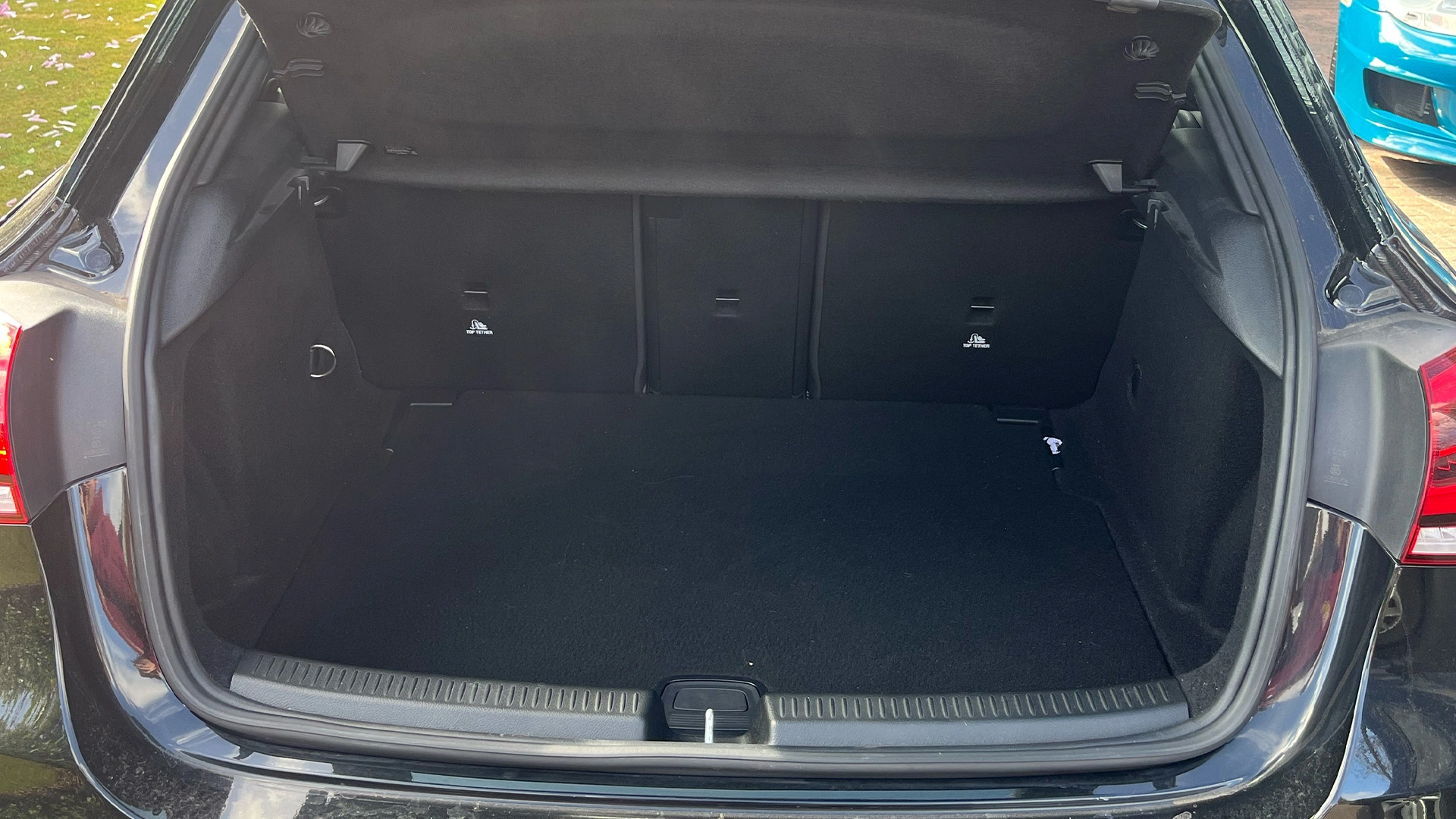
Practicality Limitations: Is the A-Class Compromised for Everyday Use?
We’ve found the A-Class makes several practical compromises that buyers should consider. The awkwardly shaped rear door openings force passengers to contort themselves when entering and exiting—a daily frustration absent in mainstream rivals.
The 355-liter boot appears adequate on paper, but the pronounced loading lip without a height-adjustable floor creates real-world inconvenience. When loading shopping or luggage, this design flaw becomes immediately apparent.
Rear passenger space falls firmly into the “adequate, not generous” category, with sufficient room for adults on shorter journeys but nothing more. The lower transmission tunnel helps middle passengers but can’t compensate for the overall limited space.
For those who prioritise style and technology over practical concerns, these limitations might be acceptable. However, buyers who regularly carry passengers or need substantial cargo capacity should test these features thoroughly before committing.
Performance
Engine Range: Is Power Adequate for a Premium Badge?
We’ve tested the A-Class range extensively and found its performance fails to match the expectations set by the premium badge. The entry-level A180’s 1.3-litre unit (136PS) feels noticeably underpowered, while the A200 (163PS) improves things but still lacks the effortless character expected from Mercedes.
The A200d diesel provides more convincing performance with its 150PS and 320Nm of torque, reaching 62mph in 8.3 seconds. However, refinement remains an issue across the range. The petrol engines sound particularly coarse when pushed, with a thrashy note that contradicts the premium positioning.
The mild-hybrid technology introduced in the 2023 facelift improves efficiency but does little for performance or refinement. Compared to the BMW 118i at similar price points, the standard A-Class engines lack both the polish and character we’d expect from a premium product.
The A-Class delivers adequate pace but rarely provides the satisfaction that should come with a premium badge. You’re paying for the star, not the driving experience.
Is the A200d diesel the sweet spot in the A-Class engine range?
After extensive testing across the A-Class lineup, we believe the A200d diesel does indeed represent the sweet spot in the range for most buyers. With 150PS and a substantial 320Nm of torque, it delivers the kind of effortless performance that feels properly premium – something the petrol variants struggle to achieve.
The A200d pulls strongly from low revs with a progressive power delivery throughout the range, making it feel more muscular in everyday driving than its 8.3-second 0-62mph time suggests. This translates to confident overtaking and relaxed motorway cruising that complements the car’s overall character.
Mild-Hybrid Technology: Performance Boost or Marketing Gimmick in the 4th Generation A-Class?
Mercedes’ fourth-generation A-Class introduces a 48-volt mild-hybrid system that promises more sophistication than raw performance. The integrated starter-generator delivers a modest 13bhp boost, representing a calculated evolution rather than a revolutionary leap.
Real-world benefits are subtle but tangible: smoother engine restarts, marginally improved low-speed responsiveness, and a 15% efficiency gain. The 1.3-litre engines retain their fundamental character, indicating this is more about refinement than transformation.
For the fourth-generation model, the mild-hybrid technology addresses previous generations’ criticisms by adding a layer of technological polish. It’s a strategic upgrade that keeps the A-Class competitive, bridging the gap between traditional combustion engines and more advanced electrified powertrains.
The system doesn’t redefine the A-Class driving experience but provides just enough innovation to feel contemporary. It’s less a performance breakthrough and more an intelligent step towards future mobility – typical of Mercedes’ measured approach to technological advancement.
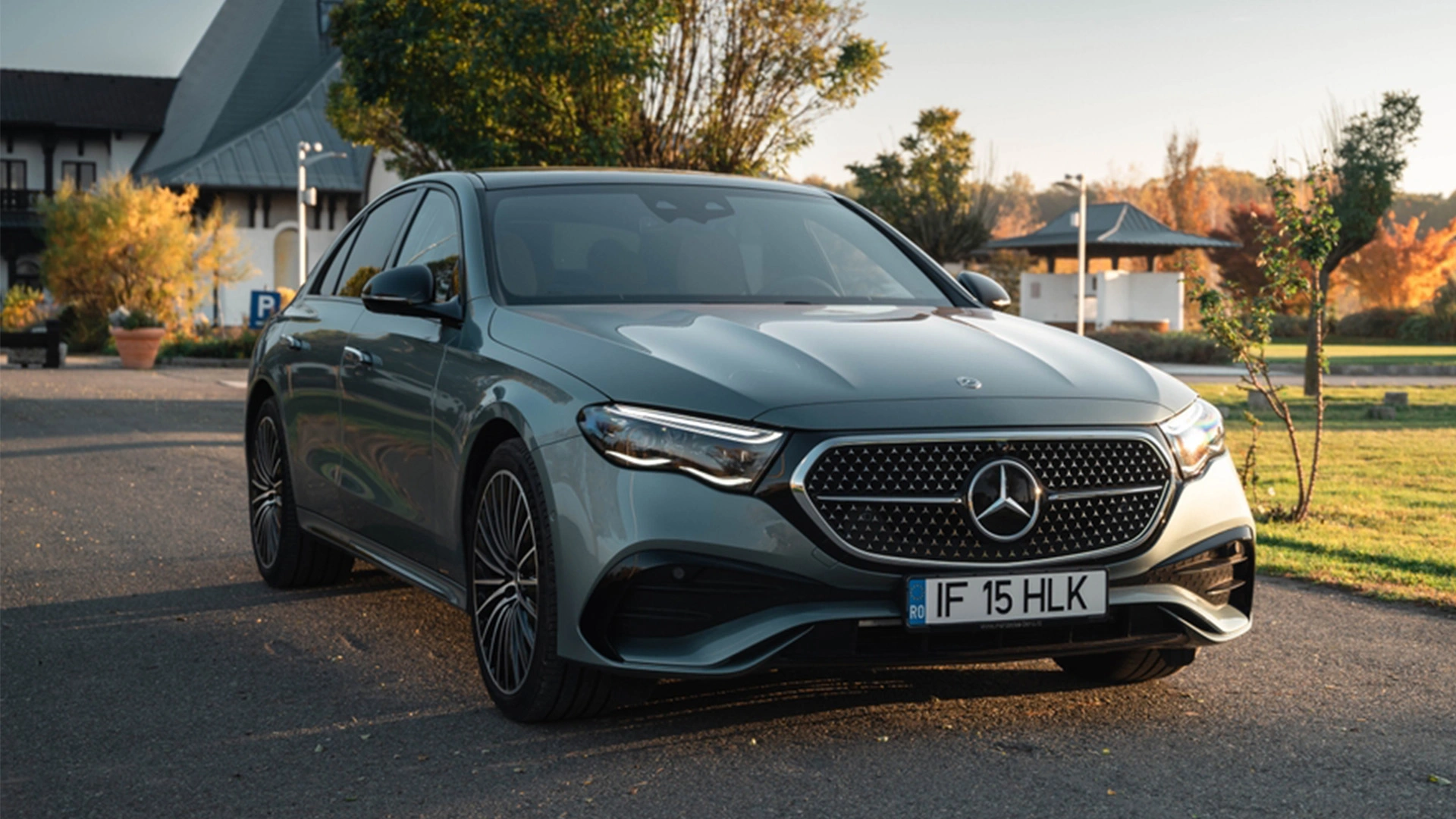
Performance Compared: A-Class vs. Mainstream Alternatives – Is There a Real Difference?
The truth is surprisingly straightforward: There’s no dramatic performance gulf between the A-Class and mainstream competitors. What you’re buying is a nuanced experience, not a revolutionary drive.
Key Tangible Differences:
- Marginally smoother ride quality
- Slightly more refined cabin noise
- Mild-hybrid technology providing subtle efficiency gains
- More sophisticated infotainment system
Performance Reality:
- 0-62 mph times virtually identical to competitors
- Volkswagen Golf and BMW 1 Series offer comparable or better driving dynamics
- Mazda3 matches performance at a lower price point
The A-Class doesn’t dramatically outperform mainstream alternatives. Instead, it offers a more premium feel – a softer ride, slightly more advanced technology, and the three-pointed star badge.
For buyers seeking genuine performance difference, disappointment awaits. For those valuing subtle refinement and brand prestige, the A-Class delivers exactly what you’d expect: a competent, comfortable premium driving experience.
Reliability
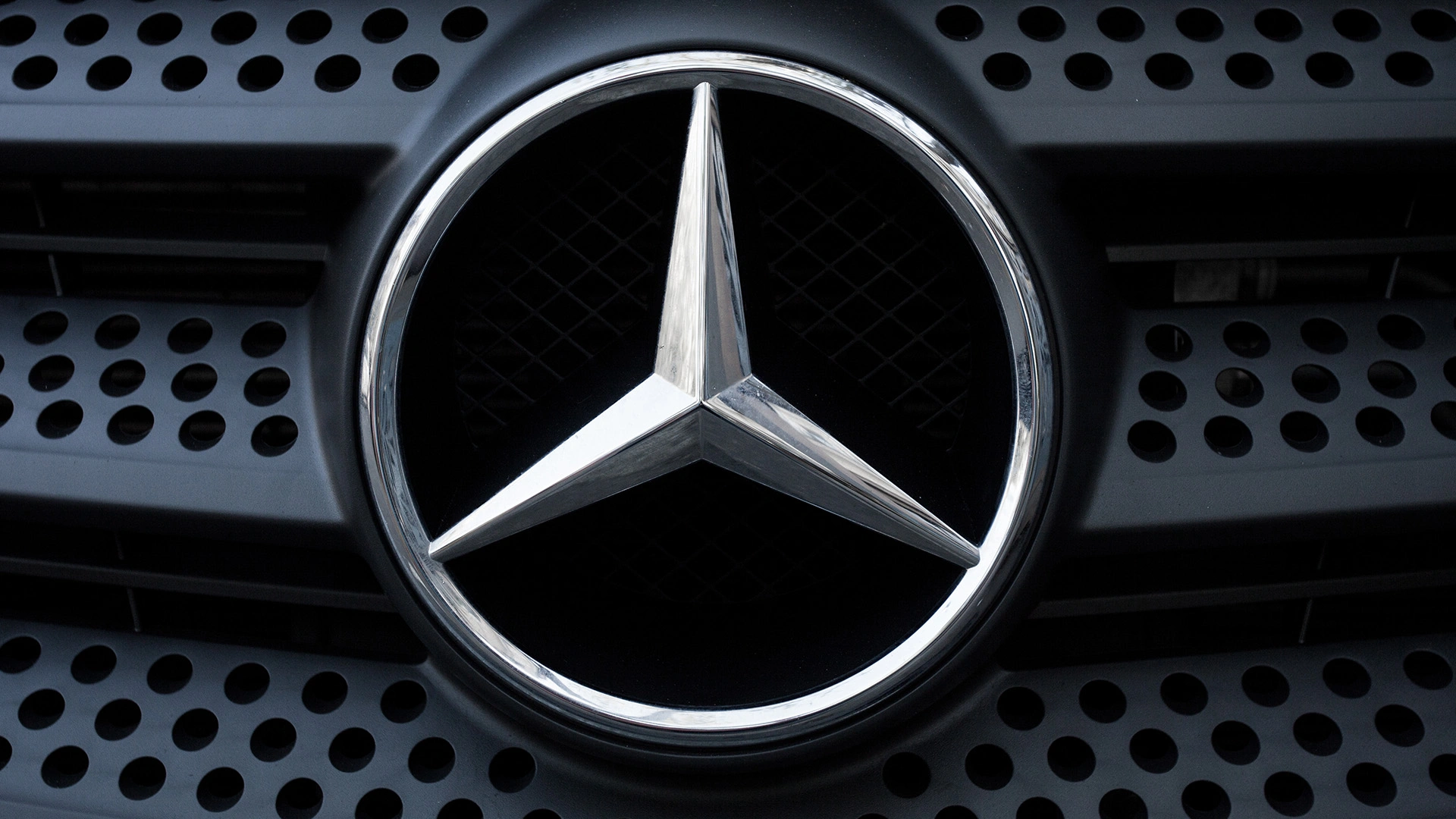
Are Mercedes A-Class Reliability Concerns Justified?
The fourth-generation Mercedes A-Class reveals a challenging reliability narrative that goes beyond its premium badge. Ranked 24th among manufacturers, the car exposes significant vulnerabilities in its sophisticated technological approach.
The 1.3-litre petrol engines and complex mild-hybrid systems demonstrate persistent issues, with electrical gremlins and unexpected failures becoming a hallmark of ownership.
Potential buyers face a stark reality: repair costs can escalate quickly, ranging from £1,500 to £3,000, making the A-Class a potentially expensive long-term investment.
Compared to more dependable rivals like BMW and Japanese alternatives, the A-Class falls short in consistent performance and reliability.
The three-pointed star comes with a hidden price tag of mechanical uncertainty. While offering cutting-edge technology and premium aesthetics, the A-Class demands a level of maintenance and financial commitment that many buyers may not anticipate.
Diesel vs. Petrol: Which Powertrain Offers Better Reliability in the Mercedes A-Class?
The fourth-generation A-Class reveals stark reliability differences between diesel and petrol powertrains.
Diesel models, particularly the A200d, carry significant risks with complex emissions systems.
DPF and EGR valve issues can lead to repair costs exceeding £3,000, making them a potential financial minefield for used car buyers.
Petrol engines, especially the 1.3-litre mild-hybrid variants, offer a more reliable alternative. They demonstrate:
- Fewer complex system failures
- Lower overall repair costs
- Better performance in mixed driving conditions
Key Reliability Considerations:
- Diesel models: High-risk for urban drivers
- Petrol models: More consistent performance
- Mild-hybrid technology adds complexity but improves overall efficiency
Driving Pattern Matters:
- High-mileage motorway driving: Diesel might work
- Mixed or urban driving: Petrol is more reliable
Ownership Cost
Hidden Unexpected Expenses: The Mercedes A-Class Financial Minefield
Potential shock costs can turn A-Class ownership into a financial nightmare. Electrical system repairs ranging from £1,500-£2,500, gearbox replacements up to £3,000, and sensor failures between £500-£1,500 represent serious financial risks.
The complex mild-hybrid technology introduces additional diagnostic challenges, with repair costs potentially escalating quickly.
Which Model Years and Configurations Are the Most Reliable?
Pre-2023 models with conventional petrol engines tend to be more reliable. Avoid early mild-hybrid models and diesel variants with high mileage. Look for:
- Low-mileage petrol A180 or A200 models
- Full service history
- No outstanding warning lights
- Models with less complex technological features
What Hidden Costs Lurk in a Used A-Class?
A used A-Class comes with a Pandora’s box of potential expenses. Electrical system failures can cost up to £2,500, while gearbox replacements might set you back £3,000. The complex mild-hybrid technology introduces additional diagnostic challenges, turning what seems like a bargain into a potential money pit.
What Are the Red Flags to Watch for When Buying a Used A-Class?
Critical inspection points include:
- Comprehensive service records
- No electrical system warning lights
- Smooth transmission performance
- No signs of previous accident damage
- Consistent performance of mild-hybrid systems
- Minimal sensor or electronic control unit replacements
Here is the total ownership cost breakdown:
Mercedes A-Class (2018-2024) Cost Analysis
3-year ownership cost: £10,500-14,500
Value Loss Over Time
Real-World MPG
42-50 mpg
50-58 mpg
35-42 mpg
Annual Expenses
£400-850
£190 (Flat Rate)
Service & Repairs
A used A-Class is a high-risk, high-reward proposition. Approach with extreme caution, conduct thorough inspections, and be prepared for potentially significant unexpected expenses. The three-pointed star comes with a hidden price tag that extends far beyond the initial purchase price.
Competition
Performance Compact Contenders: Understanding the True Competitive Landscape
The Mercedes A-Class competes in a cutthroat segment where German, Japanese, and performance-focused brands battle for premium compact supremacy.
BMW’s 1 Series offers driving dynamics, Audi’s A3 delivers interior quality, while the Volkswagen Golf provides a practical alternative.
Performance variants like the MINI Cooper Hatchback and Golf GTI target driving enthusiasts, while Japanese models such as the Lexus CT introduce reliability and hybrid technology.
Priced between £27,000 and £45,000, these competitors challenge the A-Class on multiple fronts: technology, performance, design, and brand perception. The three-pointed star can no longer rely on its badge alone, facing sophisticated alternatives that redefine the premium compact hatchback experience.
Each competitor represents a unique approach to automotive excellence, forcing Mercedes to continually innovate and justify its premium positioning.
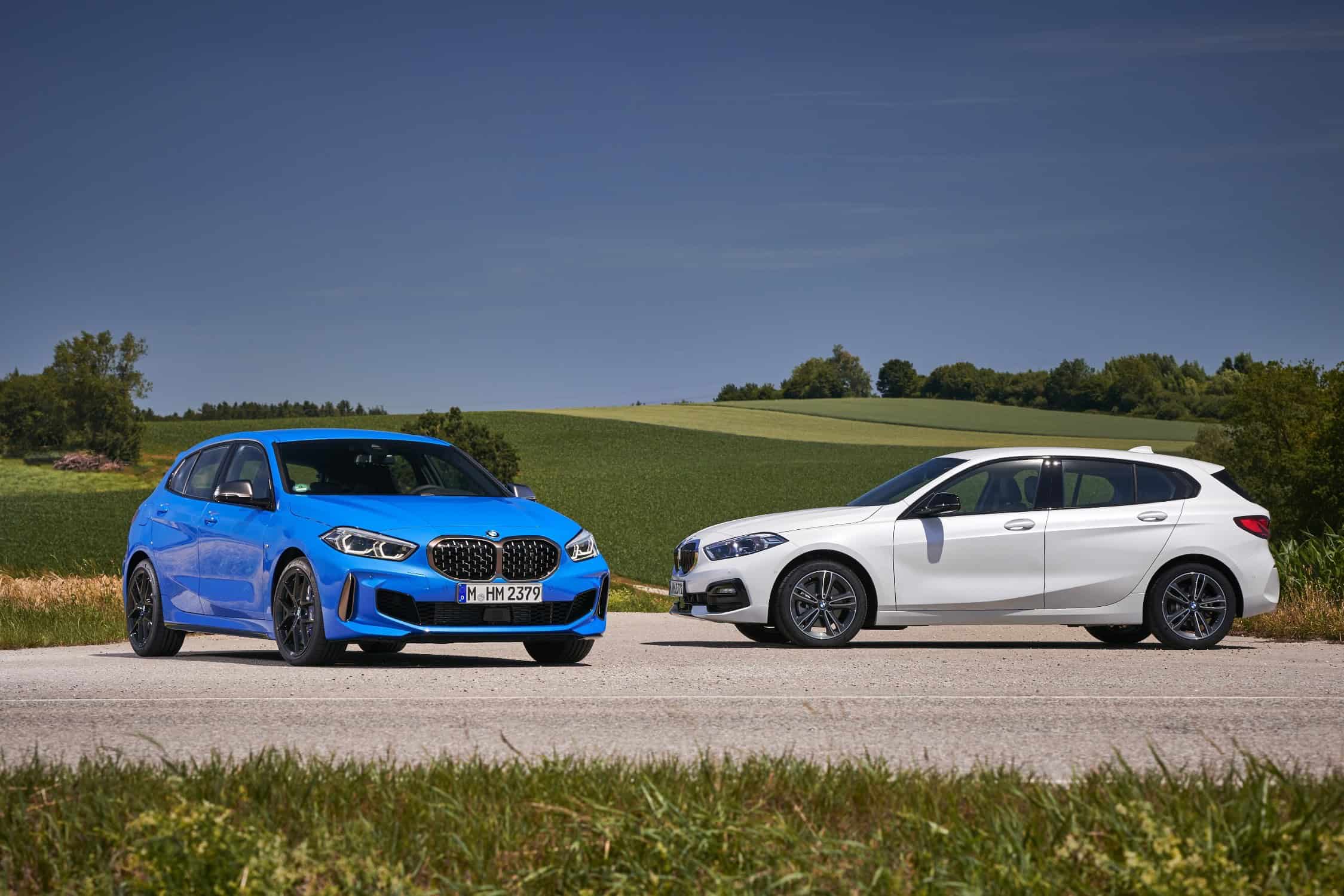
Competition with German Rivals: The Premium Hatchback Battleground
The German premium compact segment is a fierce arena where Mercedes A-Class faces formidable challengers.
BMW’s 1 Series delivers sharper driving dynamics, challenging the A-Class’s comfort-oriented approach.
The Audi A3 sets benchmarks for interior quality and technological sophistication, often feeling more meticulously crafted.
Volkswagen’s Golf presents a practical alternative that frequently outperforms more expensive premium models in real-world usability

Competition With Japanese Precision: Reliability Meets Premium Aspirations
Japanese manufacturers offer a compelling alternative to the traditional premium narrative.
The Lexus CT introduces hybrid luxury with Toyota’s legendary reliability, providing a unique value proposition.
The Honda Civic and Mazda3 challenge premium expectations by delivering sophisticated technology, exceptional build quality, and more accessible pricing.
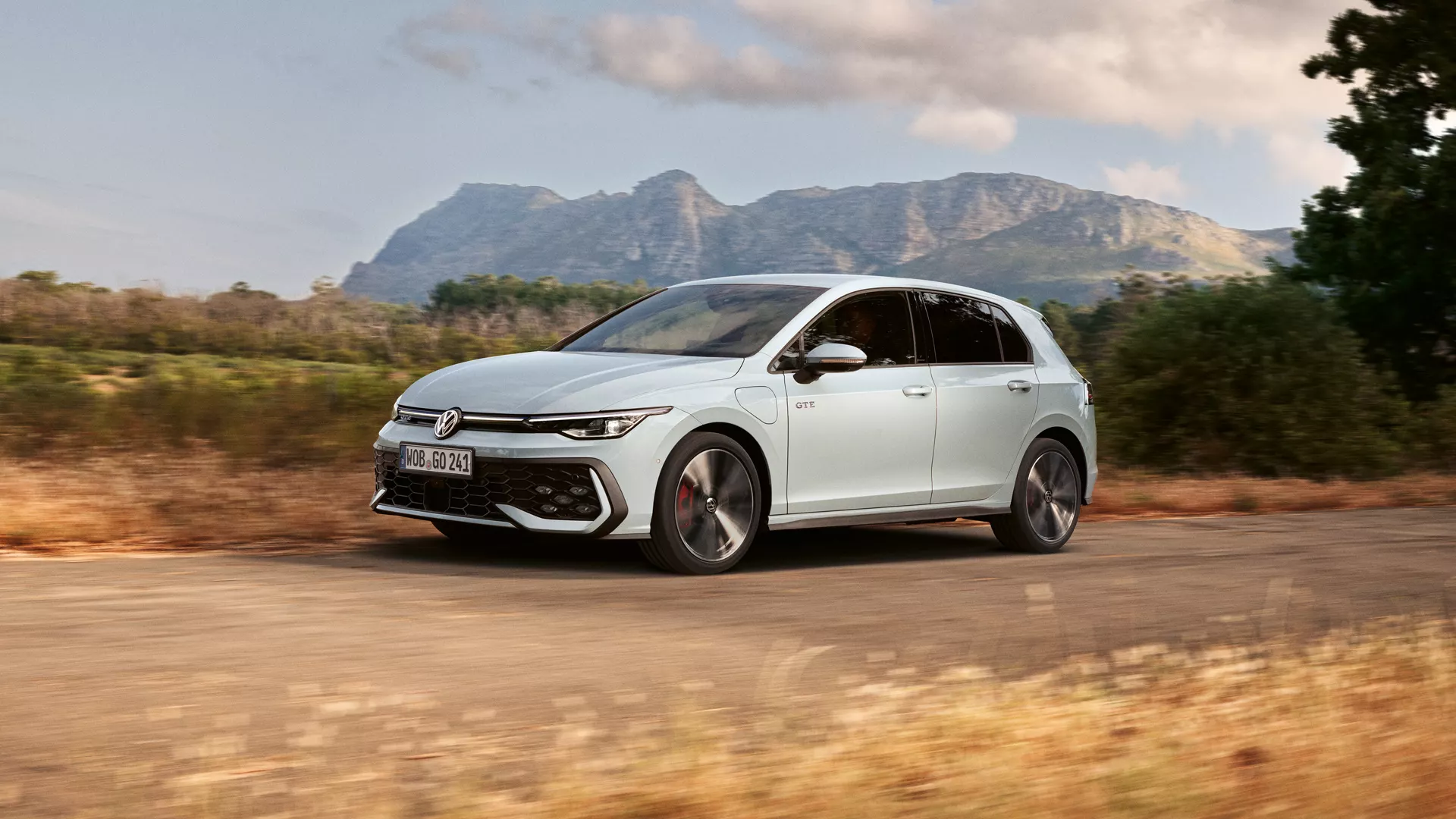
Performance Contenders: Hot Hatches and Sporty Alternatives
Performance-oriented models add another layer of complexity to the compact premium segment.
The MINI Cooper Hatchback appeals to buyers seeking emotional design and distinctive driving character.
The Volkswagen Golf GTI represents the enthusiast’s choice, offering performance that makes standard premium hatchbacks feel pedestrian. Audi’s S3 targets those desiring high-performance capabilities in a compact package.
How Does It Compare?
Compare key features and specifications
|
Features
|
BMW 1 Series
|
Audi A3
|
Volkswagen Golf
|
Mini Cooper
|
|---|---|---|---|---|
|
Drive Layout
|
||||
| RWD/FWD | FWD/AWD | FWD/AWD | ||
|
Used Price Range
|
||||
| £5,000-£16,000 | £6,000-£17,000 | £5,000-£15,000 | £5,500-£15,500 | |
|
Driving Experience
|
||||
| Engaging handling | Balanced but less involving | Smooth ride, good balance | Sporty, go-kart feel | |
|
Interior Quality
|
||||
| Premium, intuitive | Class-leading build quality | Well-built, user-friendly | Quirky, stylish design | |
|
Reliability
|
||||
| Above average | High | Very high | Average | |
Buying Guide
Mercedes A-Class: Expert Buying Guide
After thoroughly evaluating the Mercedes A-Class, we’ve compiled this comprehensive buying guide to help you navigate the potential pitfalls and make a smart purchase decision.
Key Considerations Before Buying
- Specification is crucial – AMG Line Executive trim offers the best balance of equipment and value
- Engine choice matters – The A200d diesel is the sweet spot for most buyers, unless you primarily drive short urban journeys
- Try before you buy – Test the small rear doors and boot access to ensure they meet your practical needs
- Consider the total cost of ownership – Factor in higher servicing costs and Mercedes’ below-average reliability record
- Evaluate the technology – The MBUX system is impressive but ensure you’re comfortable with the controls
What to Avoid
Base-spec models with smaller screens lack the wow factor that makes the A-Class special. The A180 engine feels underpowered and requires working hard (creating more noise). Used diesel models with primarily urban mileage may have DPF issues. Be wary of high-spec ex-demo cars with expensive options that won’t retain their value.
Smart Buying Tips
- Consider nearly-new options – A 6-12 month old A-Class can save you thousands while retaining warranty coverage
- Check service history meticulously – The A-Class needs regular servicing to prevent issues
- Negotiate maintenance packages – Mercedes service plans can be included in financing deals
- Inspect build quality carefully – Check for panel gaps, loose trim elements and functional issues with electronics
- Compare PCP deals with alternatives – BMW and Audi often offer competitive finance packages
Our Verdict
“The Mercedes A-Class excels as a technology showcase with genuine premium appeal, but falls short in areas of refinement, practicality and build quality. It’s the right choice if you prioritise style and tech over driving dynamics and long-term durability. Choose the right specification and engine, and it can be a satisfying ownership proposition – just enter with your eyes open to its compromises.”





